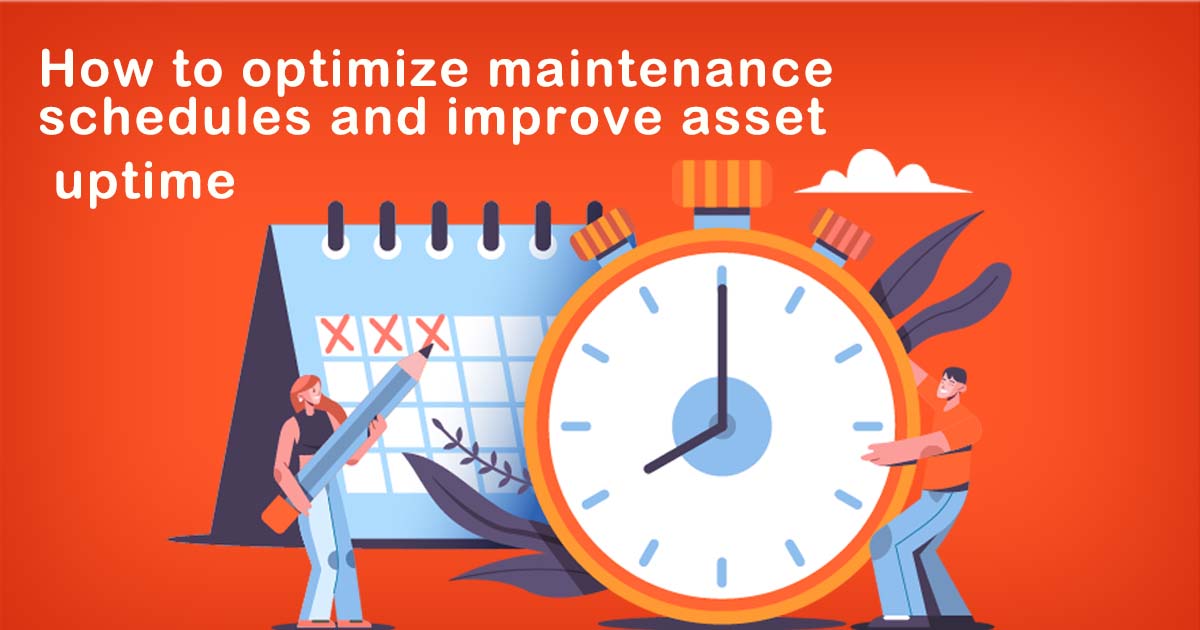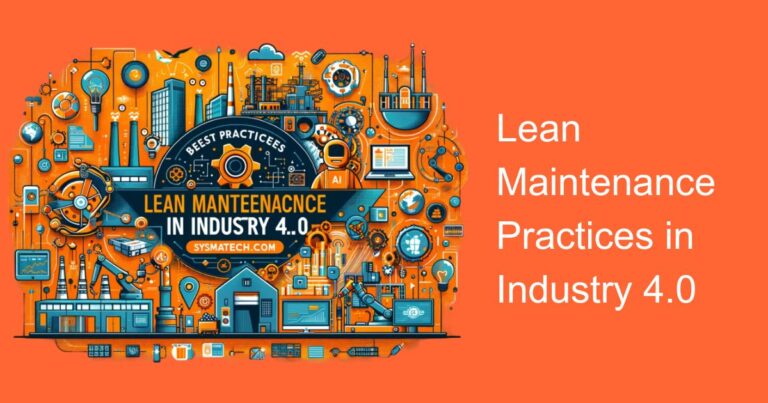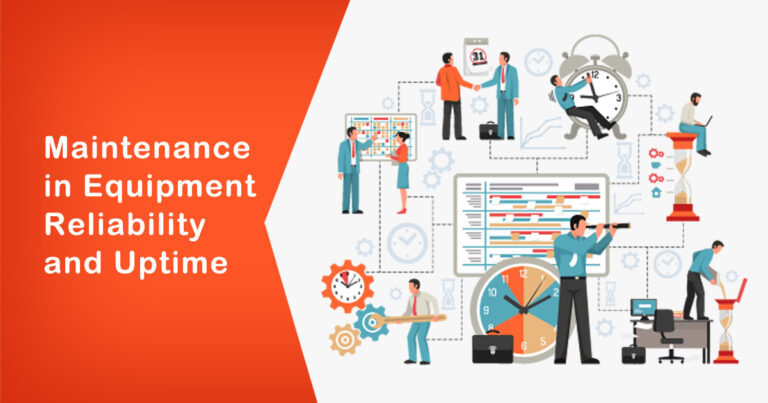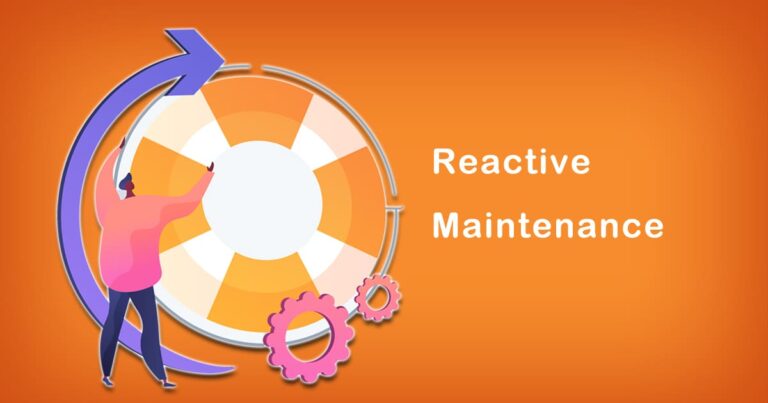In today’s industrial world, equipment and machinery are essential components of a company’s assets. It’s necessary to maintain them in good condition to ensure their efficient and optimal functioning. However, maintaining them can be a time-consuming and costly task. That’s why optimizing maintenance schedules is a critical aspect of any maintenance strategy. In this blog, we will discuss how to optimize maintenance schedules and improve asset uptime in an Indian context.
The Importance of Asset Uptime:
Asset uptime refers to the amount of time that an asset is available and operational during its planned production time. It is a critical metric for any organization as it directly affects its productivity and profitability. Downtime due to equipment breakdowns or maintenance can result in delays, lower production rates, and increased costs. Thus, improving asset uptime is essential to maximize profits and minimize losses.
The Benefits of Optimizing Maintenance Schedules:
Optimizing maintenance schedules can lead to several benefits, including:
1. Increased Asset Uptime : By performing maintenance activities at the right time, you can reduce the likelihood of equipment breakdowns and downtime, leading to increased asset uptime.
2. Extended Asset Lifespan : Proper maintenance can increase the lifespan of your assets, allowing you to maximize your investment and reduce replacement costs.
3. Improved Equipment Efficiency : Regular maintenance can ensure that equipment operates at optimal levels, reducing energy consumption and increasing production efficiency.
4. Cost Savings : By optimizing maintenance schedules, you can reduce unnecessary maintenance costs and avoid expensive repairs caused by equipment failures.
Optimizing Maintenance Schedules:
To optimize maintenance schedules and improve asset uptime, you need to follow the following steps:
5. Conduct a Risk Assessment : A risk assessment can help you identify critical assets and prioritize maintenance activities based on their impact on your production processes.
6. Implement a Preventive Maintenance Program : A preventive maintenance program involves regularly scheduled maintenance tasks to prevent equipment breakdowns and maximize asset uptime. This program should include inspections, lubrication, cleaning, and calibration.
7. Use Predictive Maintenance Techniques : Predictive maintenance techniques involve analyzing data from equipment sensors to predict when maintenance is needed. This technique can help you identify potential problems before they occur and prevent downtime.
8. Schedule Maintenance during Downtime : Schedule maintenance activities during planned downtime to minimize production disruptions. This will ensure that equipment is available when it’s needed most and minimize the impact on your production processes.
9. Ensure Proper Documentation : Proper documentation of maintenance activities can help you track equipment performance, identify trends, and make informed decisions about maintenance schedules and equipment replacements.
10. Monitor and Evaluate : Continuously monitor and evaluate the effectiveness of your maintenance program. Make changes as needed to ensure optimal performance and asset uptime.
Conclusion:
Optimizing maintenance schedules is a critical aspect of any maintenance strategy. By following the steps outlined above, you can improve asset uptime, extend the lifespan of your assets, and reduce maintenance costs. In the Indian context, where many industries are still in the growth phase, optimizing maintenance schedules can help improve productivity and competitiveness, contributing to the overall growth of the Indian economy.








